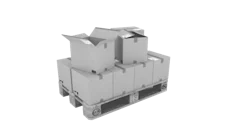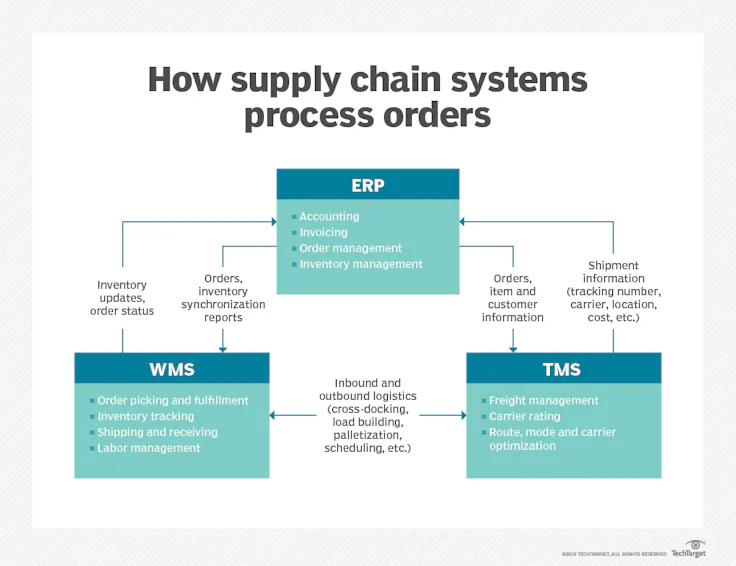

Where Thought Leaders go for Growth


Are you interested in implementing a Warehouse Management System (WMS) in your organisation? As a warehouse manager, are you facing new, increasingly complex challenges? Using WMS could be of great help.
In an era where parcels must be shipped ever more quickly and errors rates reduced to the minimum, efficient inventory management is key for customer satisfaction.
Keep reading to learn more about Warehouse Management Software: what is it, and what can it do for you? Knowing how to manage logistics in the digital age will take your business to the next level!
WMS are solutions designed to improve all business processes related to the supply chain, specifically warehouse management.
These solutions allow companies to monitor their operations in real-time, from raw materials sourcing to order fulfilment. In other words, WMS can help you manage all kinds of flows of goods and services across a complex supply chain network.
The goal is to optimize and streamline the entire supply chain from the ground up, so your warehouses are used in the most efficient way possible.
In practice, WMS can make inventory management more efficient by:
A Warehouse Management Solution offers multiple benefits, which result in added efficiency, flexibility and visibility to better control and manage warehouse processes.
Some of their advantages include:
By leveraging these solutions, you can expect significant gains in performance, cost management and customer satisfaction.
WMS features cover most types of warehouse operations, allowing for a 360° control of your inventory.
💡 This data can then be used to create reports and track KPIs relative to the warehouse, which could highlight delays or discrepancies between the expected products and what was effectively received.
Some Warehouse Management Solutions also offer advanced features such as:
These can also be used to create custom dashboards, set alerts and make previsions using powerful algorithms.
 © Techtarget
© TechtargetWMS can be integrated with a Transport Management System (TMS). These solutions complement each other, as TMS can help you optimize transportation once orders have left the warehouse, all the way to the last mile. This results in an even more comprehensive tool to manage your supply chain.
Warehouse Management Solutions can also greatly benefit from integration with Enterprise Resources Planning software (ERP). These are designed to centralize all business flux, meaning they can help you manage orders.
The ERP can communicate with WMS and pilot the fulfilment process by transmitting the specific details of each order. In return, the WMS can return the live status of the order and provide useful data to edit the receipt and other customer information.
Implementing a WMS within your organisation can take your business to the next level. However, choosing the right one from the plethora of available solutions can be tricky.
Start by writing down your requirements and define the budget you’re willing to allocate to the project. Set objectives and settle on a licencing model (SaaS, lifetime licence) and software type (cloud-based systems, on-premise).
Cloud-based WMS offer the same benefits as other SaaS solutions. They live online and can thus be accessed anywhere, anytime. They are easier to implement and scale, and updates are done on a regular basis without the need for maintenance.
Consider the following criteria:
In the digital age and following the rise of e-commerce, swift order processing has become a requirement in order to meet customer expectations and provide quality service.
WMS solutions can automate and streamline order management, and integrate with other innovative tools to form an end-to-end solution for all your warehouse operations and beyond. Make use of these new opportunities to grow your business, improve productivity and reduce costs and errors.
Have you ever thought about using Warehouse Management Solutions? If you’re using one already, share your experience below!





